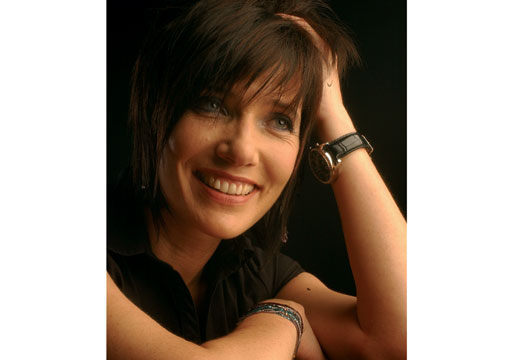I am one @YorkCycle's co-chairs, and I am proud to bring a much-needed female voice to the overwhelmingly male-dominated worlds of cycling and transport planning. /1
Cycle racks are routinely placed in dark, dead-end alleyways or unlit areas around the back of buildings; the sorts of places we've been brought up being told to avoid at all costs. /5
And let's get one thing clear: having more women cycling doesn't require fewer men cycling. It's not an either/or situation. /15
/end









